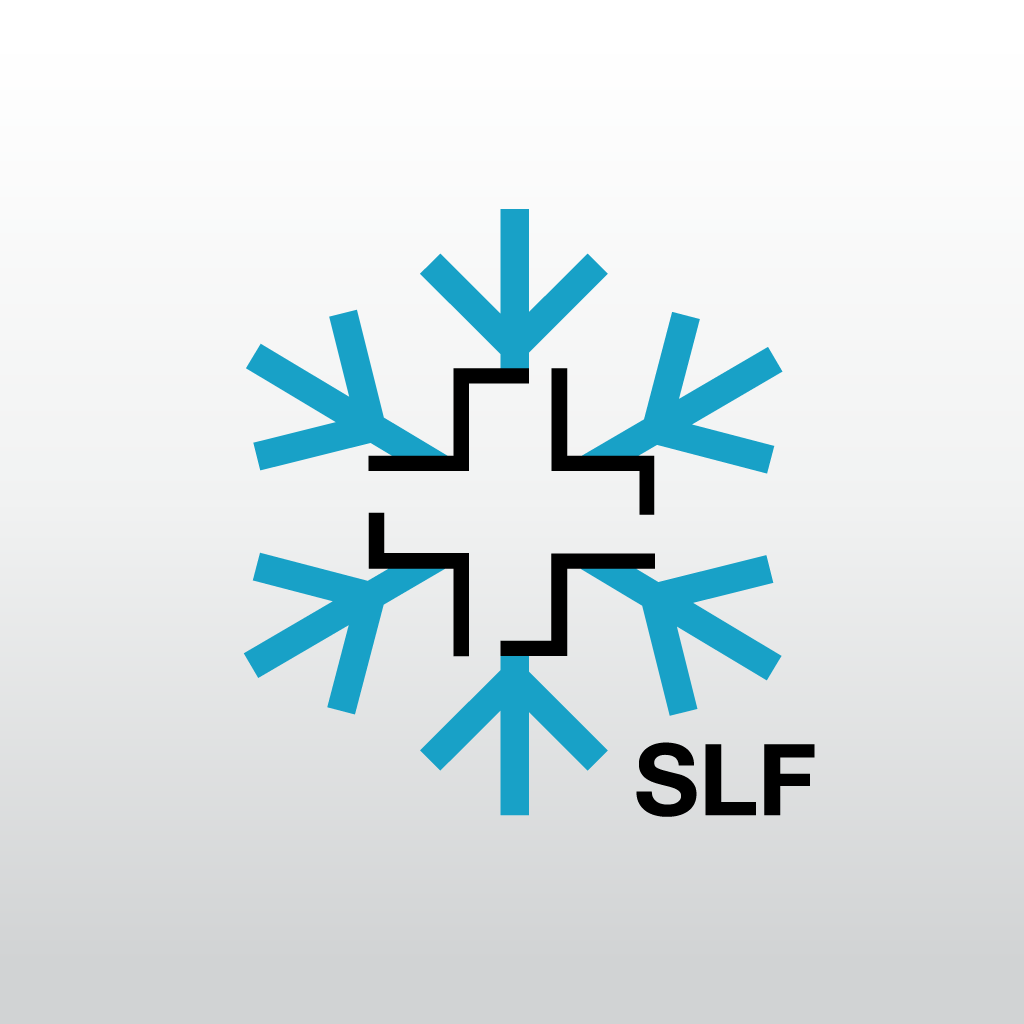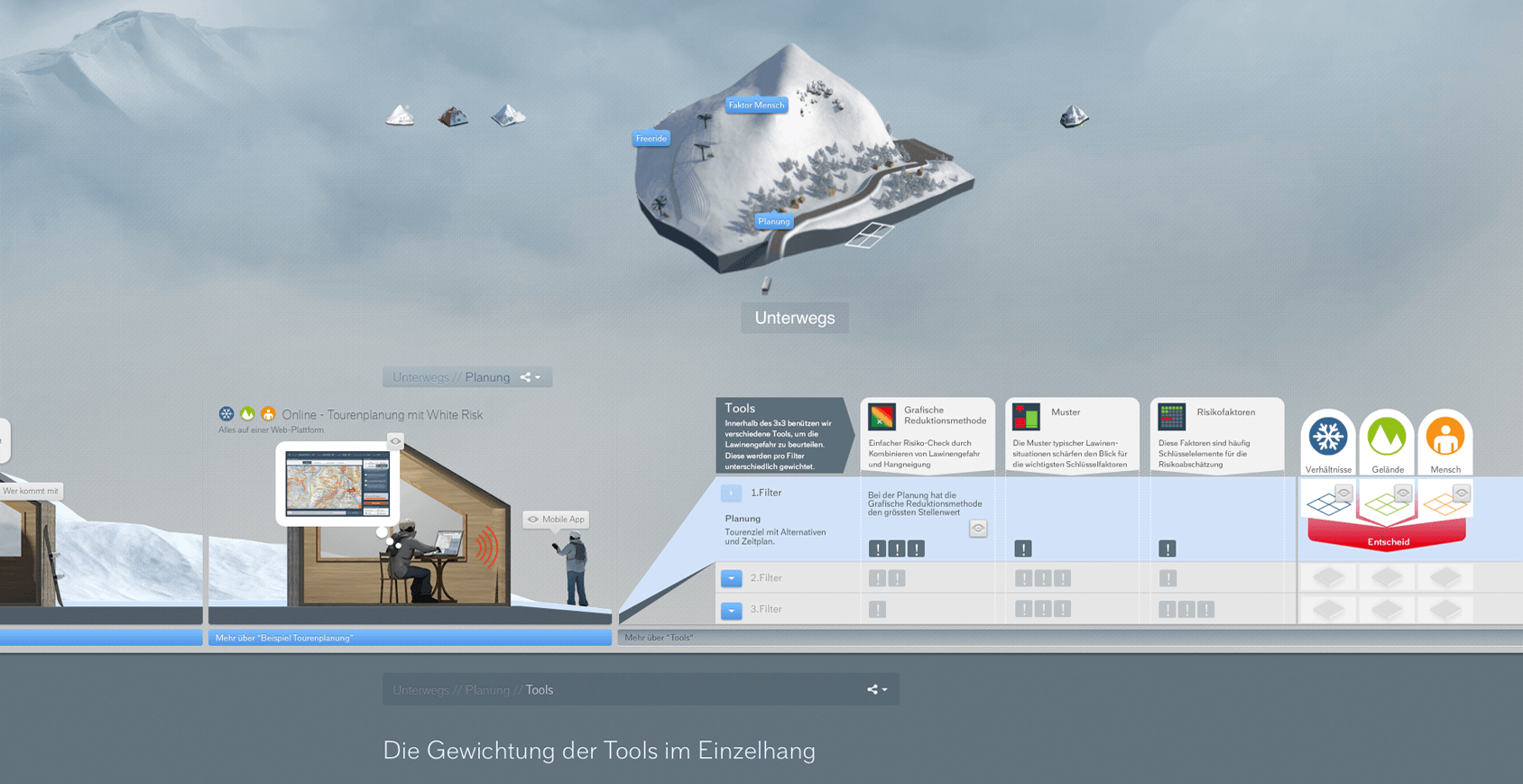 The guys at RideGreener.com recently placed an interview with SLF avalanche researcher and Alpine mountain guide Stephen Harvey with the interesting title: “Avalanche: the whole instead of half-truths from the experts.” The original interview is in German so for GearLimits we decided, to sum up, the most important insights from the interesting interview in English.
The guys at RideGreener.com recently placed an interview with SLF avalanche researcher and Alpine mountain guide Stephen Harvey with the interesting title: “Avalanche: the whole instead of half-truths from the experts.” The original interview is in German so for GearLimits we decided, to sum up, the most important insights from the interesting interview in English.
- You can’t swim in an avalanche. The breast stroke will not help you stay on top of the snow.
- Trying to outrun an avalanche looks great in pro-movies, but it is quite dangerous and it takes a lot of skill and a lot of luck.
- Functional clothing will not help you that much when covered by snow. Most avalanche victims do not die from hypothermia but from asphyxiation. It is critical to keep the airways from being blocked. If you find yourself in an avalanche cover your mouth and nose and keep them free. If at all possible, make a cavity in the snow around your face.
- With planning a ski tour it is crucial to be able to be able to read maps perfectly. Less experienced planers should keep to slopes that are no steeper than 30 degrees and the avalanche risk level should be low or moderate when they set out. Also, an avalanche course is an absolute must.
- Use slope cards to determine the angle of slopes; those steeper than 30 degrees are colored. A 1:25.000 card is best for planning.
- Planning tours in Switzerland, make use of whiterisk.ch, an interactive tool that lets you plan trips on the one hand and then print the map in PDF format or upload it to your mobile phone. Also, the platform includes comprehensive avalanche knowledge presented in an interactive manner.
- No matter the planning, no mater the experience and expertise of a guide, a residual risk is always there. If you want zero risks you would be well advised to stay on the slopes.
Connected to this interview the Whiterisk smartphone app is available for IOS and Android. It contains up to date avalanche warning and bulletins (only for Switzerland), terrifying if educational avalanche footage, an”inclinometer” to measure the angle of your slope, an analyser helping you calculate risk, for example: As the amount of fresh snow (fallen within the last 24 hours) increases avalanche risk increases considerably. (number 8. insight).
It also contains and a lot of information about such things as group composition, warning signs, group behaviour and more. The app’s interface is not great, the user experience neither, but the information is really important.
If you have knowlegde you want to add from your own experience, let us know.










